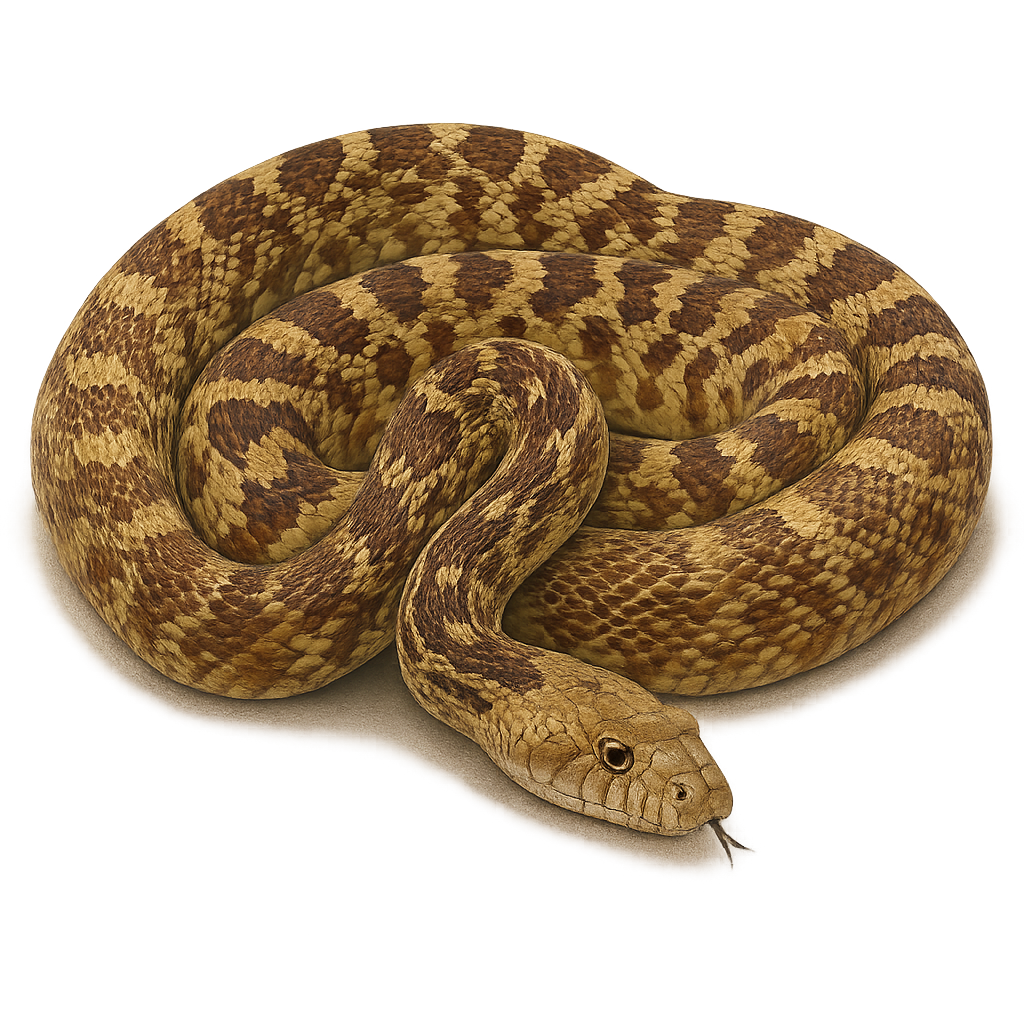Your wildlife photography guide.
Explore the gopher snake in detail, study its behavior, prepare your shots.
Where to observe and photograph the gopher snake in the wild
Learn where and when to spot the gopher snake in the wild, how to identify the species based on distinctive features, and what natural environments it inhabits. The WildlifePhotographer app offers tailored photography tips that reflect the gopher snake’s behavior, helping you capture better wildlife images. Explore the full species profile for key information including description, habitat, active periods, and approach techniques.
Gopher snake
Scientific name: Pituophis catenifer

IUCN Status: Least Concern
Family: COLUBRIDAE
Group: Reptiles
Sensitivity to human approach: Tolerant
Minimum approach distance: 5 m
Reproduction period: May to November
Incubation: 65–75 jours
Births: May to November
Habitat:
Grasslands, sparse forests, deserts
Activity period :
Active during the day when temperatures are favorable, often seen basking in the sun.
Identification and description:
The Pituophis catenifer, commonly known as the gopher snake, is a non-venomous snake found primarily in North America. It is recognizable by its robust body and distinctive patterns of brown and black spots on a yellow or cream background. Typically measuring between 90 and 180 cm, it can sometimes reach up to 275 cm. This snake is often mistaken for a rattlesnake due to its defensive behavior, which includes hissing and tail rattling. It inhabits various environments, from grasslands to sparse forests, and plays a crucial role in controlling rodent populations. Although it may seem intimidating, it is harmless to humans and contributes to ecological balance.
Recommended lens:
400 mm – adjust based on distance, desired framing (portrait or habitat), and approach conditions.
Photography tips:
To photograph the Pituophis catenifer, choose early morning or late afternoon when the light is soft. Use a telephoto lens of at least 400mm to capture details without disturbing the animal. Be patient and observe its behavior to anticipate its movements. A tripod can be helpful to stabilize your camera, especially if using slow shutter speeds. Maintain a safe distance of 5 m to avoid stressing the snake and to get natural shots.
The WildlifePhotographer App is coming soon!
Be the first to explore the best nature spots, track rutting seasons, log your observations, and observe more wildlife.
Already 1 432 wildlife lovers subscribed worldwide

